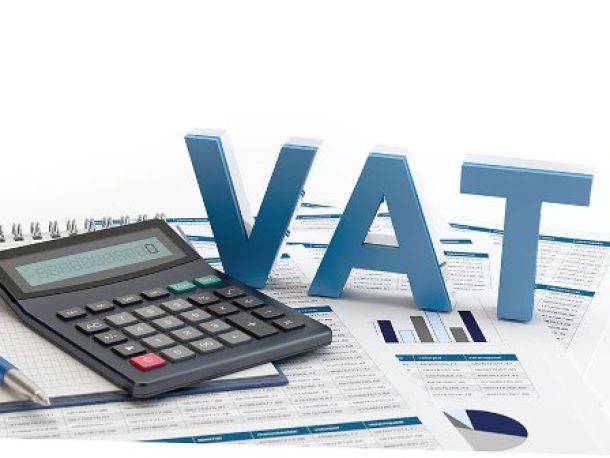What stage 8 load shedding means for South Africa
Eskom on Monday (10/12/2019) moved to stage 6 load shedding for the first time, sending the the country into panic over exactly what that means, and igniting fears of a second recession in South Africa.
This is the biggest power cut yet and is the first time that Eskom has introduced outages higher than stage 4 since changing the structure of its load shedding stages in 2018.
Eskom has a total installed electricity capacity of more than 45,000 MW.
Currently, it is only able to only generate capacity of 27,000 MW against a demand of 30,000 MW, forcing load shedding to be implemented, a namely a controlled way to make sure that the national power grid remains stable.
Under the previous load shedding schedule, four stages were implemented with between 1,000 MW and 4,000 MW of the national load shed – with ‘stage 4’ being the worst possible outcome for South African consumers.
Stage 4 will typically result in consumers being without power for a total of 24 hours spread out over four days, or a total of 48 hours over eight days.
However, Eskom has since revised its schedule to include up to eight different stages, with up to 8,000 MW shed from the national grid – effectively doubling the power cut frequency of stage 4.
During stage 8 load shedding, consumers would be without power for 48 hours over four days, or 96 hours in eight days.
Most metros have already developed load shedding schedules that cater for stages 1-8, however, a number of municipalities opted to stay at stage 4 on Monday as they were not provided with stage 6 schedules.
Two more years?
Eskom spokesperson Dikatso Mothae warned that the country could experience two more years of power cuts.
Mothae told EWN, getting the system to be reliable and in good shape to operate effectively would take some time.
“The bigger issue is because we have not maintained our power station units over many years. It is going to take some time to get to a state where they are more reliable. Currently, the system is very vulnerable and unpredictable,” she said.
“We are working around, making sure that in the long term we have a more predictable system. But it will take some time to get to that point. We’re talking about two years and we’d have to live with potential load shedding.”
President Cyril Ramaphosa meanwhile, said in a note late Monday evening that the energy challenges in the country will not be resolved overnight. “We have set out on a bold path of restructuring and rebuilding. Despite the setbacks of the past week, we are making progress and will steadily begin to see the fruits of these efforts.”
“Government has taken far-reaching and necessary decisions to ensure the sustainable security of energy supply. As we confront the immediate challenges, we are working to put these long term solutions in place.”
“Our immediate priority is to get as much generating capacity back on line within the shortest possible time. Eskom’s emergency response command centre and technical teams are working around the clock to fix multiple breakdowns.”
News Category
- International retailers
- On the move
- Awards and achievements
- Legislation
- Wine and liquor
- Africa
- Going green
- Supplier news
- Research tools
- Retailer trading results
- Supply chain
- Innovation and technology
- Economic factors
- Crime and security
- Store Openings
- Marketing and Promotions
- Social Responsibility
- Brand Press Office
Related Articles

Empowering South African households through gro...

SPAR shares practical tips to beat food inflation

South African motorists could be paying up to R...

Big VAT changes on the cards



